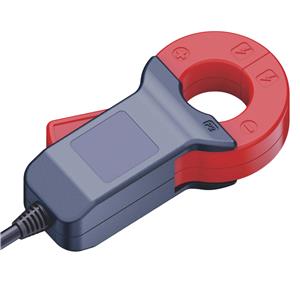Understanding DC Leakage in Electronic Circuits
What is DC Leakage?
DC leakage refers to the unintended flow of direct current (DC) through an unintended path or component in an electronic circuit. It occurs when a small amount of current leaks across insulating materials or bypasses intended pathways in the circuit. This leakage can lead to voltage drops, power dissipation, and compromised performance or reliability.
Causes of DC Leakage:
1. Insulation breakdown: Over time, insulation materials may degrade or develop defects, creating unintended pathways for current leakage.
2. Contamination: Dust, moisture, or other contaminants on the surface of components can create conductive paths, causing leakage current to flow.
3. Component quality: Poorly manufactured or damaged components often exhibit higher levels of leakage due to compromised insulation properties.
4. Temperature effects: Elevated temperatures can increase the conductivity of materials, resulting in increased DC leakage.
Impact of DC Leakage:
1. Power consumption: DC leakage leads to unnecessary power dissipation, reducing overall energy efficiency and increasing operating costs.
2. Voltage droop: The leakage current can cause voltage drops across components, affecting the performance and accuracy of sensitive circuits like amplifiers or analog-to-digital converters.
3. Electrochemical effects: When DC leakage flows through certain types of materials, such as metals or electrolytes, it can trigger unwanted electrochemical reactions, leading to corrosion or degradation of the circuitry.
Preventing and Mitigating DC Leakage:
1. High-quality insulation: Investing in robust insulation materials and ensuring proper installation helps minimize the risk of DC leakage.
2. Component selection: Choosing components with low leakage specifications and excellent insulation properties can help reduce the likelihood of DC leakage.
3. Environmental controls: Maintaining a clean and dry environment, especially for sensitive electronic assemblies, helps prevent contamination-related leakage.
4. Temperature management: Implementing effective cooling mechanisms to keep operating temperatures within optimal ranges can minimize temperature-induced leakage.
Conclusion:
DC leakage poses significant challenges in the design and operation of complex electronic circuits. As technology continues to advance, understanding the causes, impacts, and prevention methods of DC leakage becomes indispensable. By addressing these concerns proactively, engineers and manufacturers can ensure optimal performance, reliability, and energy efficiency for electronic devices and systems.
References:
[1] Miller, J. M., & Solomon, P. M. (2012). Leakage in nanometer CMOS technologies. Springer Science & Business Media.
[2] Guo, W., Xie, Z., Zhang, L., Ye, X., & Sun, Z. (2019). Investigation on the Effects of Leakage Current on Power Losses of a High-Speed Mixed Signal Electronic Device. IEEE Transactions on Components, Packaging and Manufacturing Technology, 9(5), 863-871.




